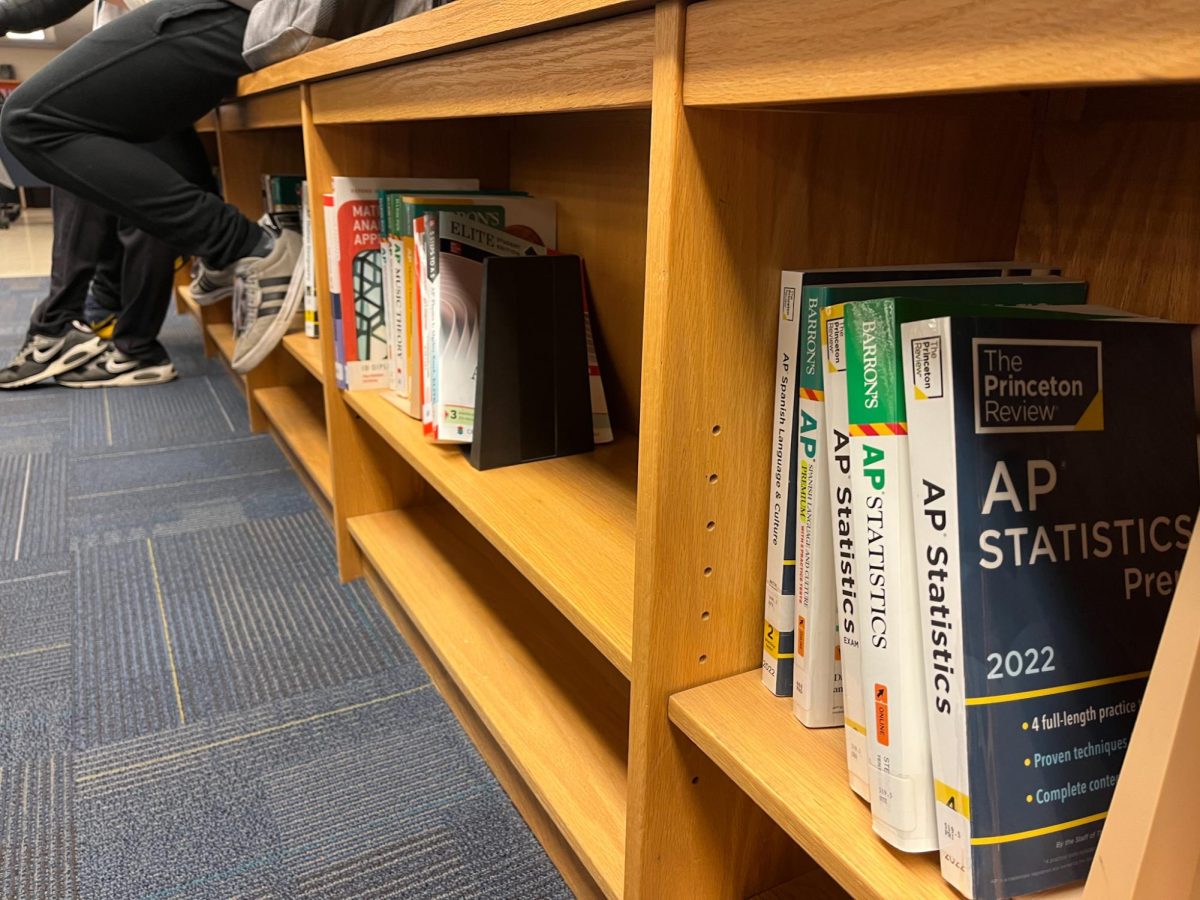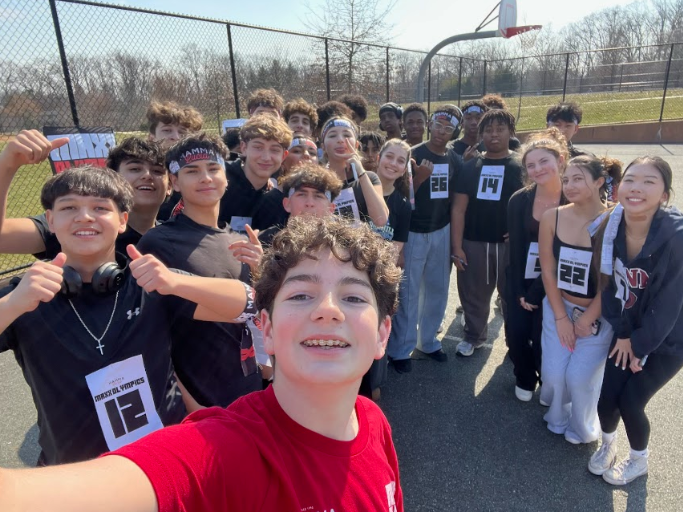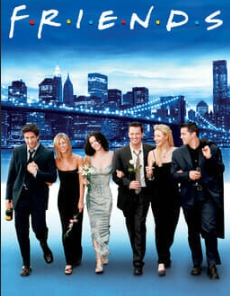Last month, Delaware senatorial candidate Christine O’Donnell claimed that separation of church and state was not in the Constitution. She was immediately ridiculed, despite the fact that she was correct. Many people assume that separation of church and state is in the Constitution, but the phrase was actually coined several decades after the Constitution was written, in a letter by Thomas Jefferson.
However, O’Donnell’s critics are not alone. Many Americans, including CHS students, have little knowledge about the origins of their rights.
What Is Separation of Church and State?
Separation of church and state refers to a doctrine that prohibits the government from making any laws that aid or give preference to a certain religion.
According to firstamendmentcenter.org, in 1878, the Supreme Court case Reynolds v. U.S. interpreted separation of church and state to be a definitive portion of the establishment clause of the First Amendment. The principle was further reaffirmed in 1947, and has since been a key factor in determining the constitutionality of various issues.
How Much Do We Know About It?
According to a survey of 40 CHS students, 80 percent of students said they had some knowledge of separation of church and state. When asked whether separation of church and state was in the Constitution, even the students who knew exactly what it was tended to get nervous, frantically turning to their friends for the answer.
According to AP NSL teacher Mathew Schilling, when separation of church and state is first introduced in the course, most students have limited background knowledge about it.
“They know about separation of church and state—they’ve heard the phrase—but if I were to ask them, I bet a majority would think that it appears in the Constitution,” Schilling said.
In fact, only 20 percent of students surveyed could correctly explain that the words “separation of church and state” are not in the Constitution, but that the concept is strongly implied.
There were also discrepancies about the extent that separation of church and state is covered in the classroom. Ten percent of students did not have any recollection of learning about separation of church and state at all, while others remember it being covered in classes such as U.S. History and NSL. Schilling said he frequently discusses separation of church and state with his AP NSL students, especially when it is relevant to school.
How Is It Relevant?
Religion comes up in many CHS classes, ranging from the Comparative Religion class to AP English Literature and Composition.
Some students do not believe that there is a true separation of church and state at CHS. Junior Zoe Dobkin cited the phrase “under God” in the Pledge of Allegiance as proof of the presence of religion in public school.
“CHS is a liberal school so I don’t think any students would want to put one religion forth as ‘the’ religion,” social studies teacher Paul Jacobson said. “They’re tolerant to other religions.”
Despite this, religion inevitably comes up in classrooms.
“I find it appropriate to discuss [religion] whenever it’s relevant,” senior Matt Williams said. “I believe it’s relevant all the time.”
How Do We Discuss Religion?
Because CHS is a public institution, every student is entitled to his own opinion. Therefore, certain discussions are considered inappropriate in class.
The Maryland regulation for multicultural education requires that all instructional materials used in classrooms avoid “stereotyping, discrimination, bias, and prejudice.”
According to Principal Joan Benz, discussion of religion in school is acceptable as long as it is informative and not meant to persuade students.
“The question of religious truth is outside the scope of a public school classroom,” English teacher Jeffery Savett said.
However, when examining a controversial issue, it is sometimes difficult to keep the material unbiased. Some teachers solve this by presenting two contradicting arguments and letting students form their own opinions.
“Anything I talk about is really propaganda,” Jacobson said. “Unless I’m just giving facts and statistics, anything I choose to talk about is a choice to talk about this versus that.”
Although Jacobson acknowledges the inevitable bias in his lessons, he tries to keep his opinions from affecting those of his students.
“When something is my opinion, I make sure I say that,” Jacobson said. “I try to balance it with both sides of an issue. I don’t want to impose my beliefs or come between students and their parents.”
Religion is a key component of many controversial issues. Comments made out of ignorance that seem insignificant to some may be offensive to others, rendering religion a tricky topic to deal with. Bawa observed this during a discussion of the French ban on veils in her AP World History class.
“People who were speaking for [the ban] didn’t really understand,” junior Jasleen Bawa said. “[There are] Muslim kids in our class and it offended them. [There needs to be] a line drawn between what makes people uncomfortable and what’s their opinion.”
According to Williams, teachers at CHS do an excellent job of drawing this line.
“The teachers are very good at defining the line between a religious discussion and a religious debate,” Williams said. “If ever a discussion was headed towards a hostile topic, the teachers would always stop it.”
Savett is aware of this distinction as well. Students in his AP English Literature and Composition class read several religious myths over the course of the school year, including the story of Eden from the Bible.
“We talk about how those types of myths as literature speak to the psychological conditions we have as human beings,” Savett said. “We’re not having conversations about qualitative theological issues.”
Social studies teacher Douglas Kraus examines religion from a historical standpoint in his Ancient History class. In order to better illustrate the origins of religion, his students also read from the Bible.
“The Bible is the basis of Western civilization,” Kraus said, “It’s [used as] historical text, not [as a teaching] text.”
Even when the Bible is taken from a secular context, it can still trouble the students who are not familiar with it.
“There are always things that make you a little uncomfortable, especially when you’re not of the main religion,” Bawa said.
Discomfort with religion can manifest itself in many different ways. Freshman Jennifer Holstein witnessed a religious debate over a song about heaven in her chorus class.
“Some people thought [the song] was okay, and some people had a huge problem with it,” Holstein said. “The teacher finally had to say that he wasn’t preaching to us and didn’t want us to listen to anything said in [the song].”
In some tenth grade English classes, students examine Biblical references in Lord of the Flies. According to sophomore Matt Balfour, students were required to make parallels between Christ and one of the characters.
“It was weird writing about Jesus Christ, but it was a big part of the book,” Balfour said. “I wasn’t uncomfortable.”
How Do These Discussions Enrich Us?
According to Kraus, cultural and ethnic differences are essential components of his class.
“Students like to see different perspectives and different ways of people seeing things,” Kraus said. “That’s what makes it interesting.”
French teacher Jeanne Touzeau agrees.
“One of the beauties of learning another language is learning tolerance and learning about other cultures and respecting the differences between them,” Touzeau said. “Learning that this contact with another culture enriches us as opposed to causing problems and making us feel uncomfortable is important.”
In fact, Touzeau hopes that tolerance will be one of the major themes of her AP French class. Through discussions of the French laws about separation of church and state, particularly those regarding the ban of the veil, Touzeau hopes that her students will learn to tolerate all opinions.
“The only way it would ever go too far is if any disrespect is shown,” Touzeau said. “Otherwise, we should be able to openly express our opinions and respect those of others.”
How Do We Create An Accepting Environment?
When discussing such sensitive issues, disrespect is sometimes unavoidable. According to Jacobson, a few years ago, when the Israeli-Palestinian conflict was prominent in the news, one student went to the administration claiming that Jacobson was too pro-Palestinian.
“[It’s important not to] come off too sympathetic to one side or the other,” Jacobson said. “I don’t try to say I have the answers.”
Jacobson attempts to make the topic of religion less sensitive by pointing out the similarities between different major religions.
“The fundamentalists in every religion are all very, very similar,” Jacobson said. “There’s always a dietary restriction, a clothing restriction of some kind, and a restriction on when and how you should worship. Islam is the news, but it’s interesting how similar they all really are.”
Savett also attempts to create a calm atmosphere when religion comes into play in his class.
“I try to model the kind of discourse that I want [my students] to use,” Savett said. “There’s never anybody who complains because they see the way I treat it.”
Although teachers try to moderate religious discussions, sometimes students have difficulties adhering to these limitations. According to biology teacher John Ernst, when discussing evolution in previous years, several creationist students were enraged.
“Some religions are very strict about their beliefs,” Ernst said. “[Religious literature] is taken as what actually happened, verbatim. It sometimes conflicts with what science has discovered.”
Everyone has different opinions about religion and how it should be discussed in school, but the one thing everyone can agree on is that it needs to be handled with care.
“[Religion] makes some people more uncomfortable than others and we just have to respect that,” Bawa said. “You have to talk about it in a clam way. Then it becomes 100 times more comfortable.”













